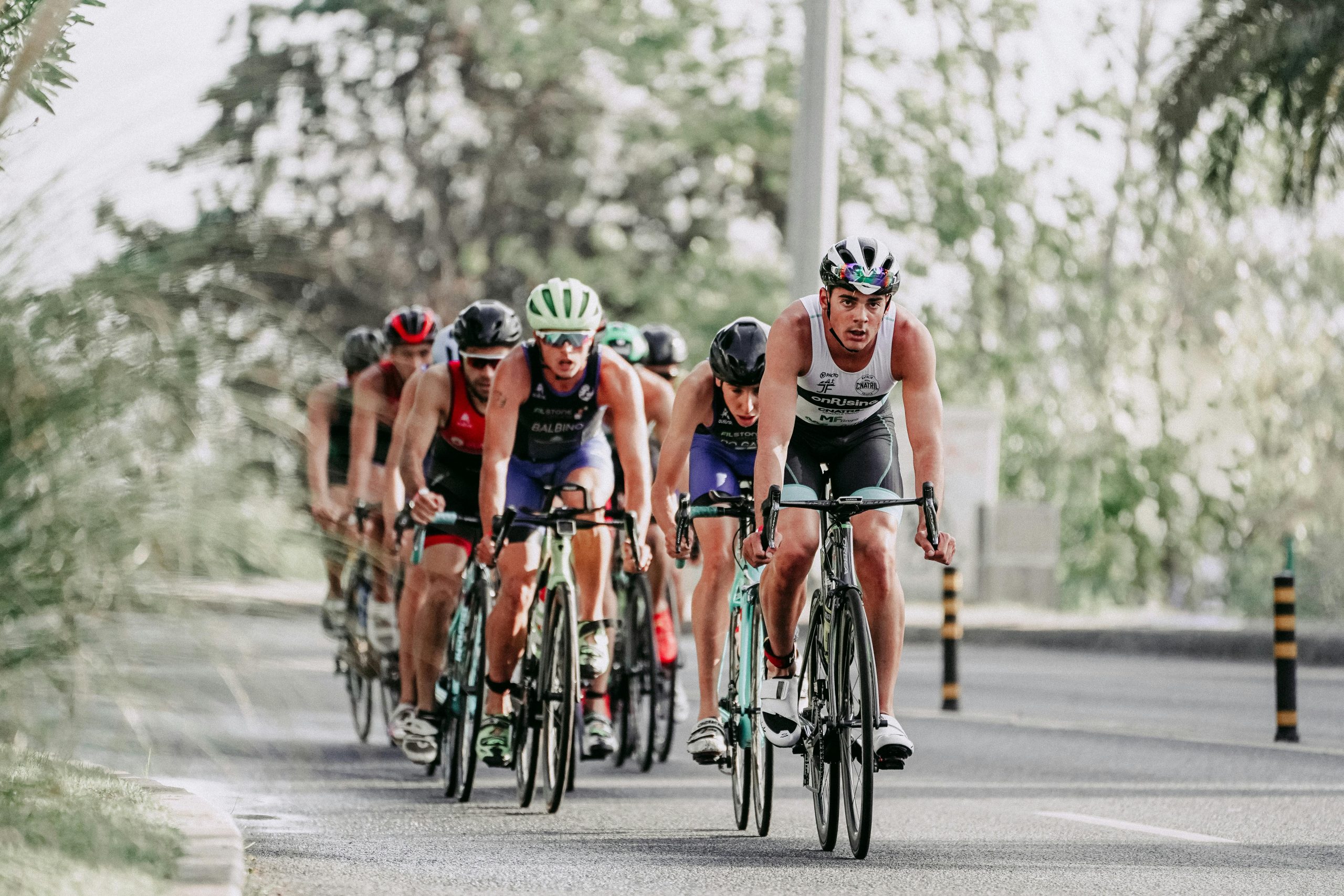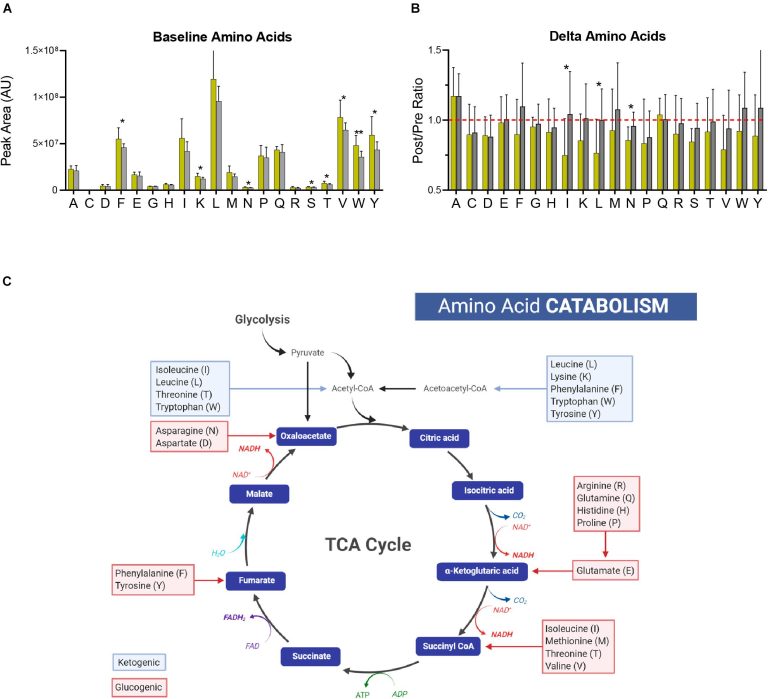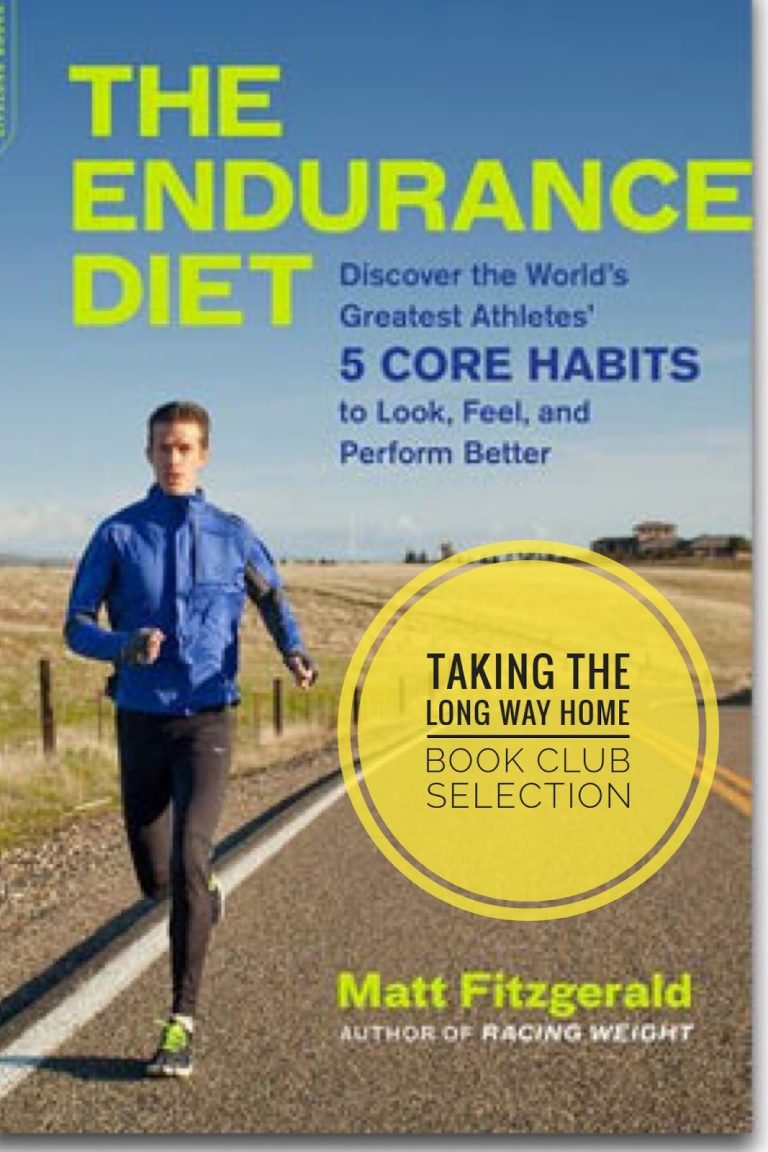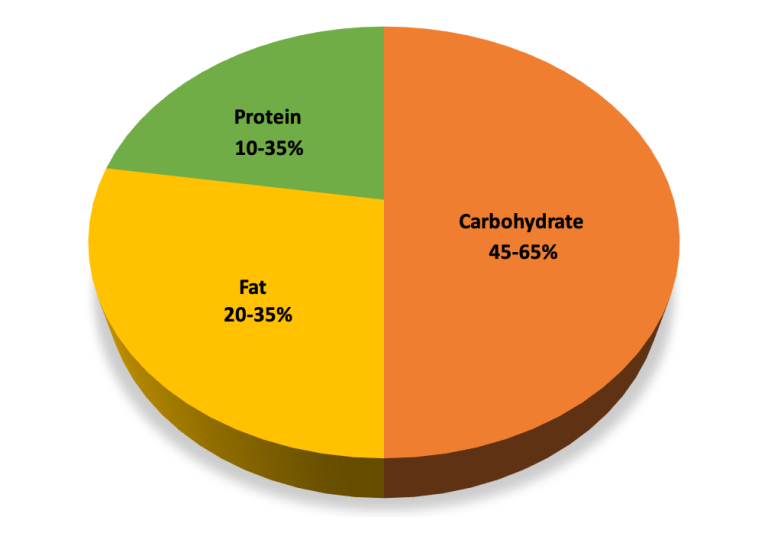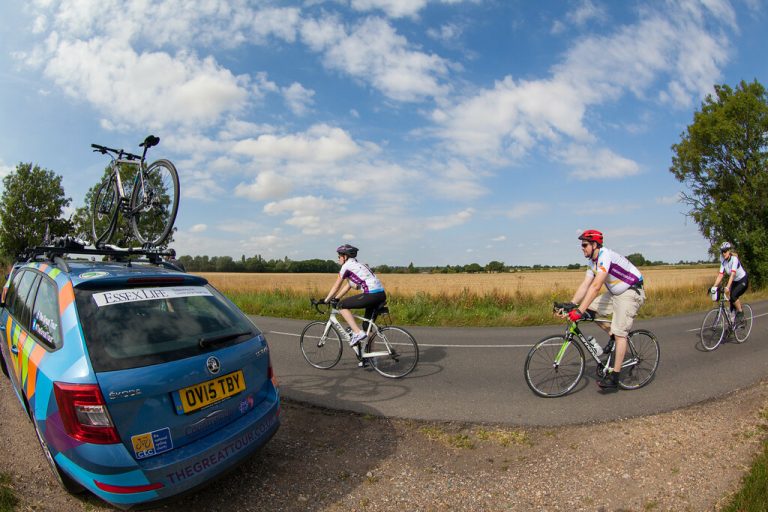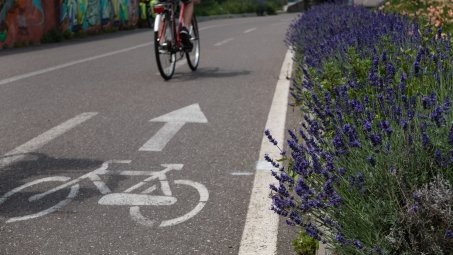Endurance cycling fueling strategies: Maximizing Performance and efficiency
Introduction
Endurance cycling is a demanding sport that requires not only physical strength and mental resilience but also strategic fueling to keep the body energized throughout long rides. Proper endurance cycling fueling strategies are essential for cyclists to maintain high performance levels and prevent fatigue, commonly known as “bonking.” Understanding how to fuel effectively involves mastering techniques like carbohydrate loading, glycogen storage, energy gels, and hydration strategies. This comprehensive guide will delve into the best practices for fueling during endurance cycling, ensuring that cyclists can cycle longer and stronger.

Cycling performance metrics, such as VO2 max improvements and power meter tracking, are often highlighted as key indicators of cycling success. However, without a solid fueling plan, even the most advanced cyclists can fall short of their goals. Additionally, proper bike maintenance tips and training techniques enhance the overall cycling experience, making fueling strategies a vital topic for discussion.
Carbohydrate Loading and Glycogen Storage
Carbohydrate loading is a technique used by many endurance athletes to maximize muscle glycogen stores before an event. Glycogen is the primary energy source during long rides, so ensuring ample storage is crucial. This process typically involves increasing carbohydrate intake in the days leading up to a big ride or race while tapering exercise intensity.
Recent studies have shown that carbohydrate loading can significantly improve cycling performance. For example, a study published in the Journal of Applied Physiology found that carbohydrate loading increased time to exhaustion in endurance cyclists by 20%. Incorporating foods like pasta, bread, and rice into your diet during this period can help build glycogen reserves, setting the stage for a successful ride.
Pre-Ride Meal Timing and Macronutrient Balance
The timing and composition of your pre-ride meal play a crucial role in ensuring lasting energy. Aim to eat your pre-ride meal 3-4 hours before heading out. This meal should be balanced with carbohydrates, protein, and fat, with an emphasis on carbs. This approach will provide a steady energy release while maintaining muscle glycogen stores.
Hydration Strategies and Electrolyte Balance
Hydration strategies are equally important as food intake. Drinking plenty of fluids and maintaining an electrolyte balance can prevent dehydration and cramping. Sports drinks are a convenient way to maintain this balance by providing carbohydrates, sodium, and potassium that the body loses through sweat. Electrolytes support muscle function and help in maintaining energy levels, which is vital during extensive cycling activities.
Fasted Rides and Fat Adaptation
Fasted rides are a training technique where cyclists ride on an empty stomach to promote fat adaptation. The idea is to train your body to utilize fat more efficiently as a fuel source instead of relying solely on glycogen. While fasted rides can be beneficial, they are best reserved for shorter, low-intensity sessions to prevent excessive fatigue.
Intra-Ride Nutrition and Fueling Schedule
Energy Gels and Bars
During longer rides, maintaining energy levels requires proactive intra-ride nutrition. Energy gels and bars are convenient options for quick carbohydrates. These products are designed to be easily digestible and rapidly absorbed, providing a glucose boost that helps sustain energy.
Calorie Consumption and Bonking Prevention
Cyclists should aim to consume 30-60 grams of carbohydrates per hour during their ride to prevent bonking. This can be achieved through a combination of energy gels, bars, and sports drinks. Consistent calorie consumption helps maintain blood sugar levels, warding off fatigue and performance dips.
Caffeine Supplementation
Caffeine is another tool in the cyclist’s arsenal, known for its ability to enhance alertness and endurance. Research has shown that caffeine can increase endurance by up to 20%, making it an effective supplement for prolonged rides. However, it should be used thoughtfully to avoid jitters or gastrointestinal issues.

Post-Ride Recovery and Nutrient Timing
Protein Intake and Muscle Glycogen Restoration
After exertion, attention turns to recovery nutrition. Consuming protein within 30 minutes to two hours post-ride aids in muscle repair and recovery. Pair this protein with carbohydrates to effectively replenish depleted muscle glycogen.
Recovery Nutrition and Carbohydrate Periodization
Implementing a carbohydrate recovery strategy helps in speeding up the recovery process. This involves gradually building back glycogen levels over the recovery period with timed carbohydrate intake. Effective recovery nutrition will allow you to bounce back quickly and prepare for future rides.
Data, Metrics, and Studies Supporting Fueling Strategies
Vo2 Max improvements and benefits from using power meters can be enhanced by proper fueling. Studies have consistently shown that strategic fueling positively affects performance metrics. For example, research in Sports Medicine highlights increased endurance performance with appropriate glycogen loading and electrolyte retention.
User Intent and Benefits of Fueling Strategies
These fueling strategies are designed to cater to a variety of intents, such as improving endurance, optimizing cycling workouts, and mastering cycling techniques suitable for beginners and seasoned cyclists. Indeed, the right fueling plan aligns with enhancing metabolic efficiency, bonking prevention, and sustained energy release.
Fueling Schedule and Real-Life Examples
Setting a fueling schedule tailored to personal needs and ride goals is pivotal. Cyclists like Chris Froome have spoken about meticulous meal timing and intra-ride nutrition, incorporating energy gels and caffeine to maintain peak performance levels during events. These insights from professional cyclists provide relatable examples for everyday riders.
FAQs
What is the best pre-ride meal for endurance cycling?
A balanced meal high in carbohydrates with moderate proteins and fats, eaten 3-4 hours prior to the ride, is ideal. For example, oatmeal with banana and peanut butter is a go-to choice.
How much water should I drink during a long ride?
It’s recommended to drink about 16-20 ounces of water per hour, adjusting for weather conditions and sweat rates. Use sports drinks to maintain electrolyte balance.
Can fasted rides improve cycling endurance?
Yes, fasted rides can enhance fat adaptation but should be performed at low intensity to avoid depletion and excessive fatigue.
Are energy gels necessary for all rides?
Energy gels are particularly useful for rides over 60 minutes to maintain energy and prevent bonking. For shorter rides, normal food intake may suffice.
How does caffeine benefit endurance cycling?
Caffeine can increase alertness and delay fatigue, which can enhance endurance performance, though it should be dosed carefully to avoid adverse effects.
Conclusion
To excel in endurance cycling, it’s essential to follow proper fueling strategies that suit your individual needs and goals. From carbo-loading pre-race to implementing hydration strategies and post-ride recovery nutrition, each step adds to your performance potential. Consistently practicing these strategies ensures that cyclists can not only enhance their cycling fitness and endurance training but also enjoy the journey more fully. Whether you’re competing or cycling for leisure, embrace these tips, share your experiences, and continue to ride stronger, longer, and with more joy.
